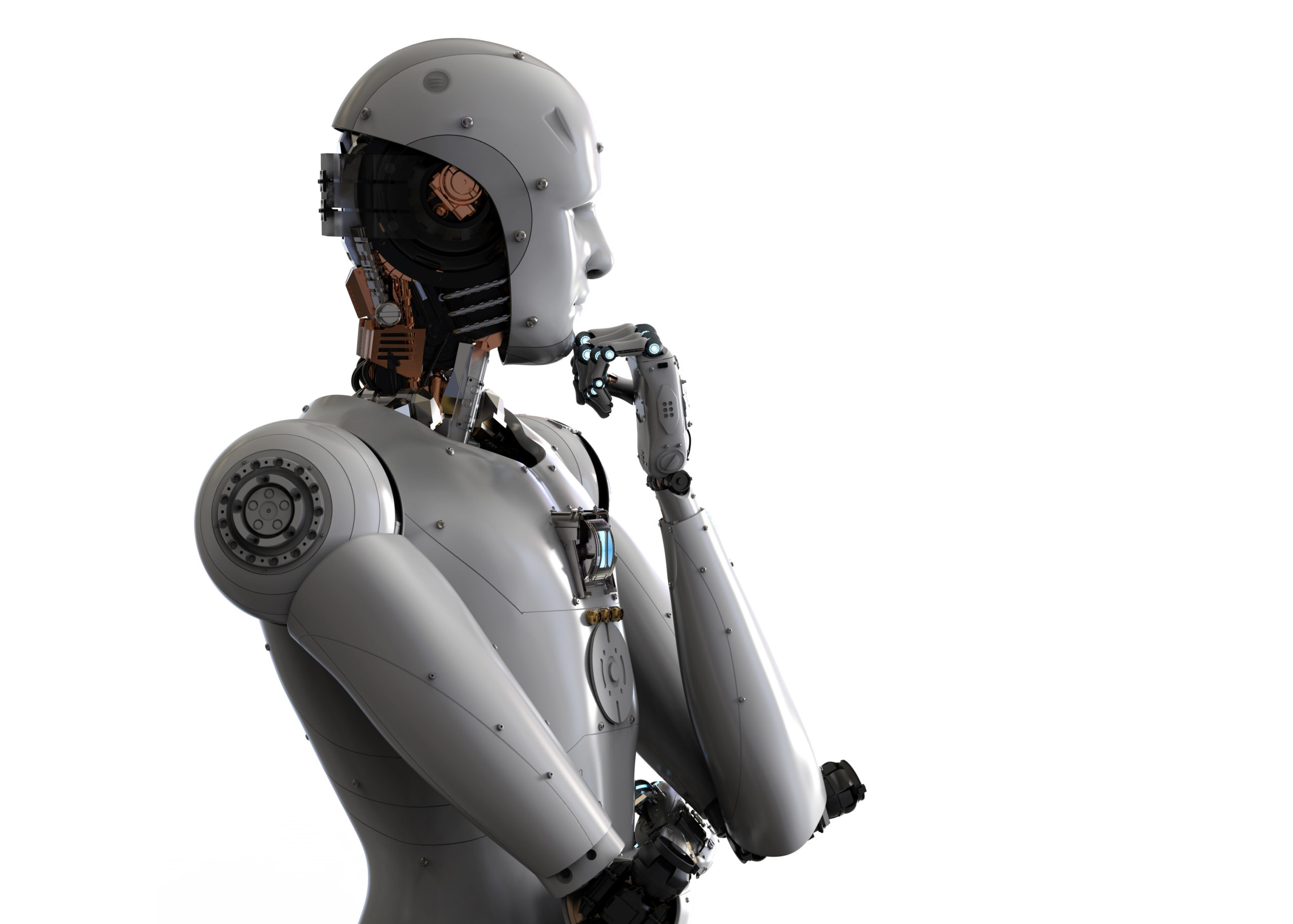Eco Trends For 2020?

We constantly update our readers and partners about what TRC is doing to keep the environment safe, focusing on our specialty, mercury-containing thermostats.
We’ve also written environment-related articles that identify, for example, the friendliest environmental states.
All this raises a basic question as we approach our 21st anniversary: What are the recycling or environmental trends that we might see in the near term? That is, looking outside of our box, what are others doing that will, presumably, influence us all?
Here are a few examples that you might find interesting.
Robots on the Rise. A tech trend like the Apple robot will process e-waste “more efficiently and safely than humans,” according to one waste management news outlet. “The robots can extract the most valuable components and materials from the electronic waste item, whether it’s a phone, computer or television. The idea has been around for a short time, but we should expect it to pick up steam.
Wireless Trash Monitoring. The influence of the Internet of Things and machine-to-machine technology continues, as the process becomes more refined. A wireless transmission message to the waste manager will notify them that it’s trash time. It will end the “let me check the trash bins.” The premise is saving time and effort and ensures the reliability of maintenance checks.
Water Worries. Water scarcity will become more worrisome. The scarcity issue will both increase and become problematic. “The United Nations calls water scarcity one of the most significant problems of the 21st century,” according to blogger Michelle Doty. “Nearly half the world’s population—3.3 billion people—lacks access to clean water or soon will, and it’s only a matter of time before the rest of us feel the pinch. As water scarcity competes with carbon emissions for the public’s attention, the sustainability dialogue could shift from global issues such as climate change to local, community-based solutions in developing regions. Major multinationals already are taking action. Since 1999, Frito-Lay has cut its water use by 40%, and Coca-Cola plans to become “water neutral” by 2020.”
The Plastics Crisis. The concerns over the proliferation of plastic in our environment is well documented. While the hype might be there, what are we really doing about it? “Plastic and microplastics are pouring into the world’s water systems, buried in our soils, lying on the ocean floor and infiltrating once pristine ecosystems. Right now, there are microplastics in your internal organs, in the food you just ate and the air you’re breathing,” according to the Future of Sustainability Report 2019. “Our analysis suggests that only a small amount of the current activity has truly transformative potential. In fact, some efforts could even be reinforcing the status quo by suggesting that it’s possible to ‘clean up’ the problem without addressing the structural drivers of the problem.” They point to problems include linear, high-growth, low-responsibility business models and the regulations, lack of distribution innovation, consumer behavior and the disposability mindset.
Put this on your watch list.
***
It’s hard not to read this list and become a bit despondent. That’s a natural reaction. And the reaction one should have is that we must begin or continue to do our small part to make the environment safe for all.
Go Green!

